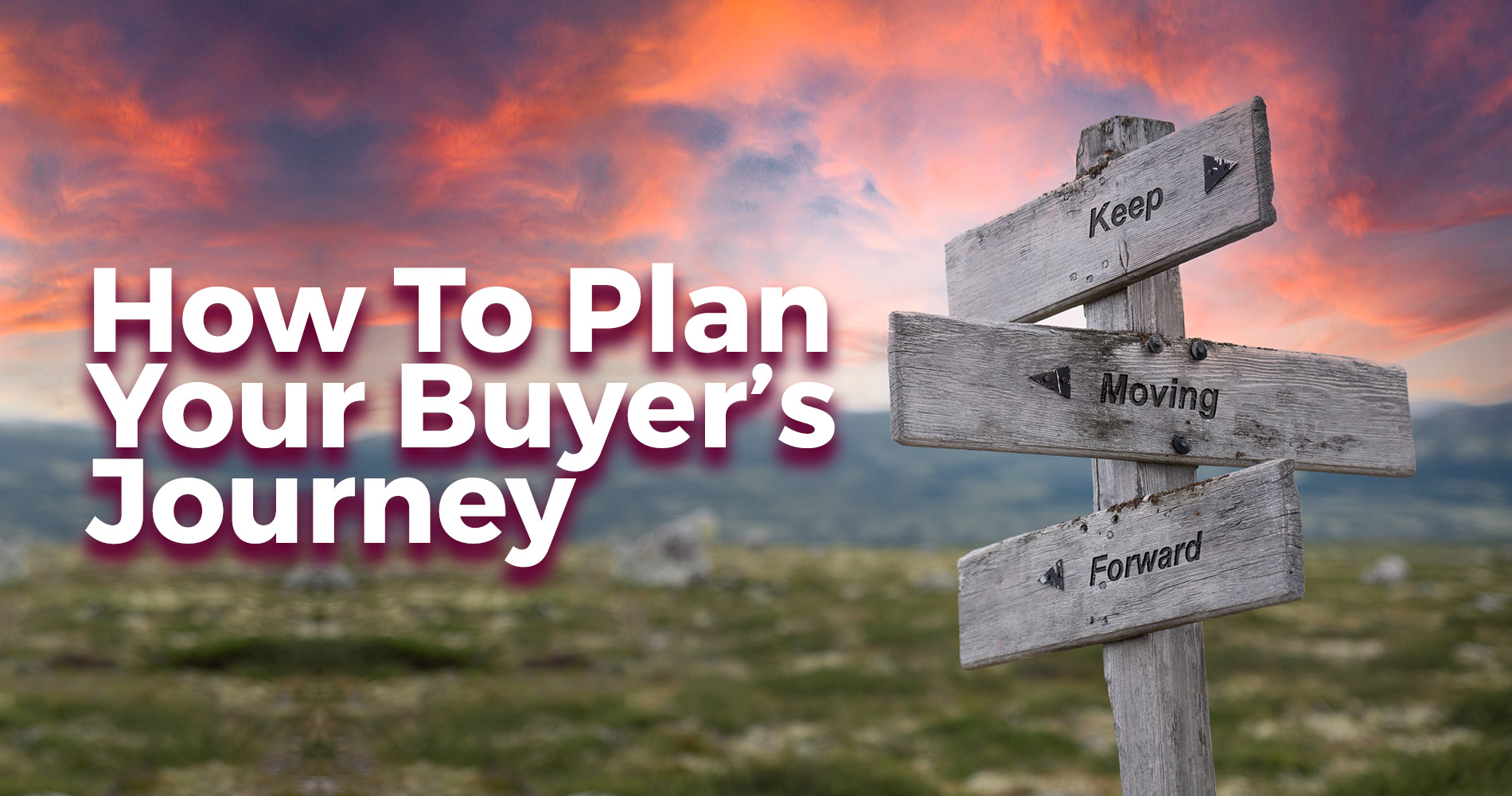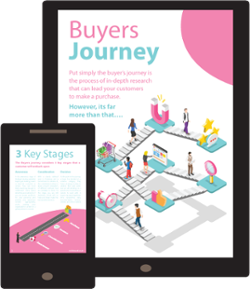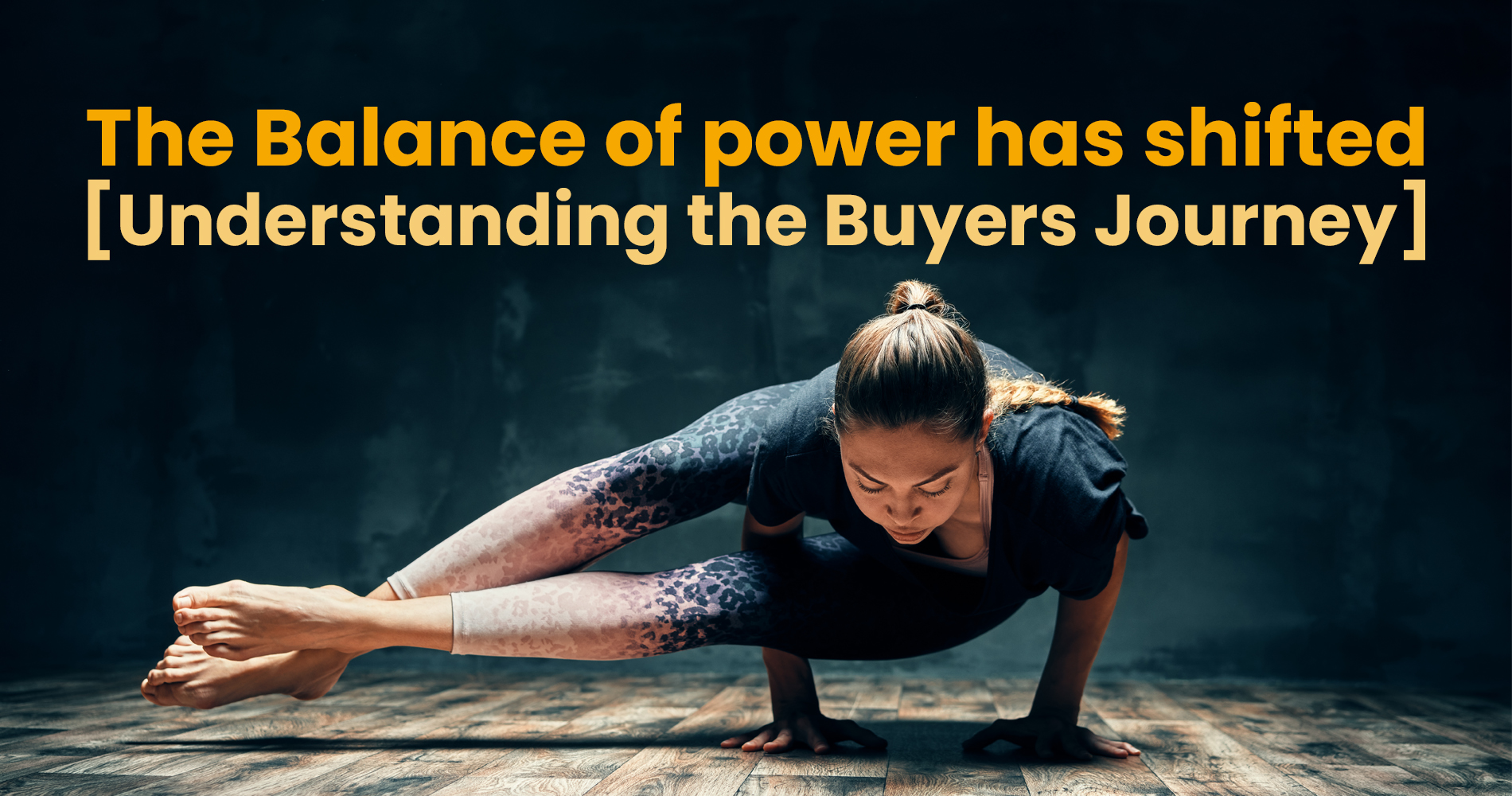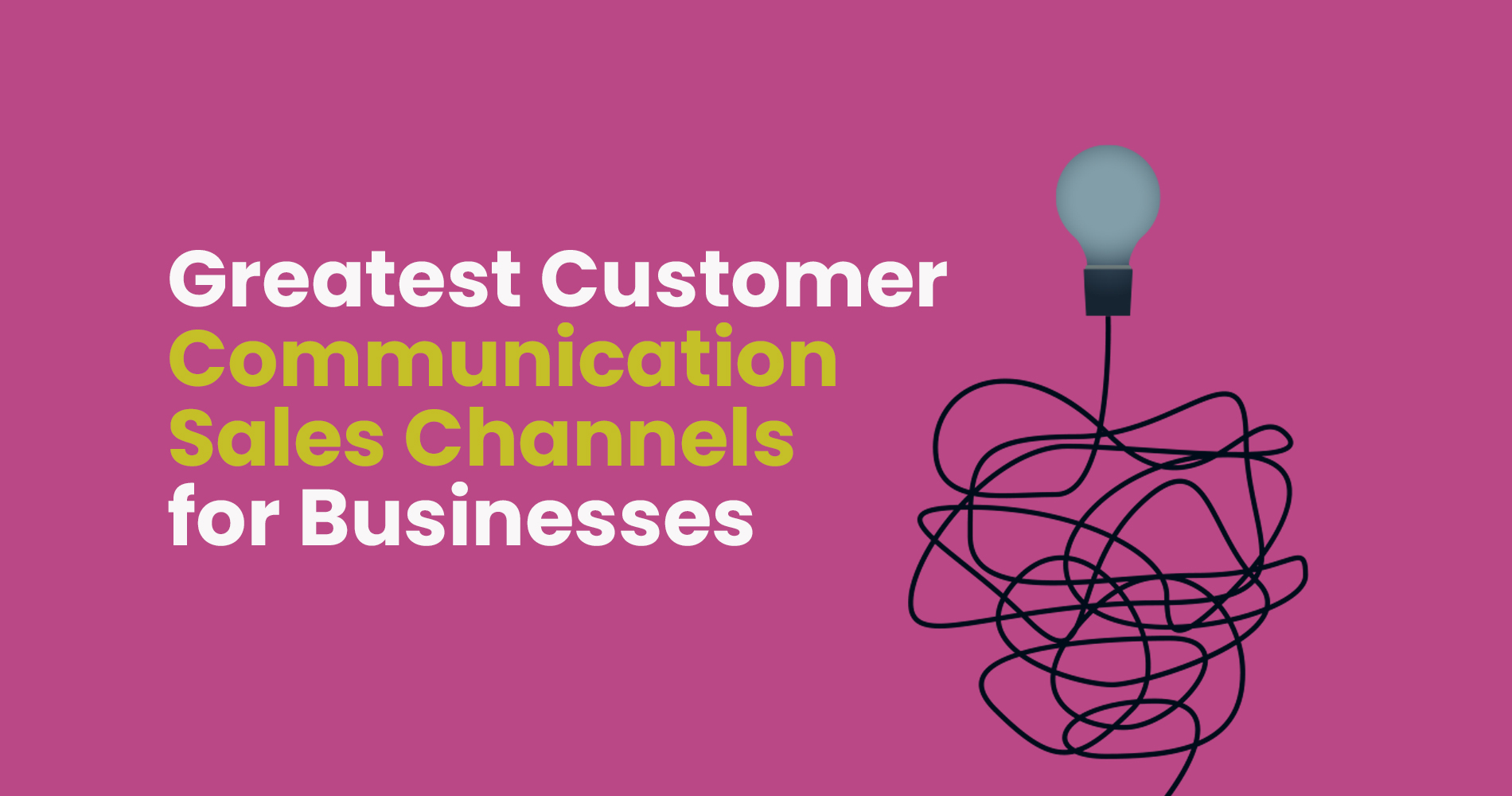Buyer personas are important for businesses because they give companies the ability to pinpoint the needs, goals, and problems of their target market. With this information, businesses can create content that will both capture the attention of their target audience and persuade them to take action.
A buyer persona, however, needs a pathway that guides them from discovery to decision. It is for this reason that in marketing lingo, it is called a buyer's journey. A well-designed buyer's journey will take the buyer through each of these stages in a logical way, providing them with the information they need to make a decision. By having a deep understanding of our buyers, we can create a marketing strategy that will help us achieve our business goals - making the process much more efficient and tailored specifically to those who we want to reach!
Knowing what goes into making a great product changes the process slightly. Let's look at some practical tips for making one.
Develop The Buyer's Journey Stages
The buyer's journey begins when buyers realise they have a problem or need. From there, they research possible solutions to their problem until they find the best fit for them. The decision stage is when they choose a particular product or service to solve their problem.
The three stages of the buyer's journey are essential for turning a potential customer into a satisfied one. By understanding and utilising these stages, we can effectively provide a solution to someone who has a problem. The appropriate content for each stage can be identified through content marketing and by developing buyer personas.
For example, did you know that 85% of consumers conduct online research before making a purchase? Your audience or personas likely fall into that category. That's why understanding the buyer's journey is so important. By providing the right information at each stage of the journey, you can build trust with your audience and turn them into satisfied customers.
Stats improve an audience's trust in a blog post, but did you know that using certain types of content can be more effective for different stages of the buyer's journey? For instance, blogs are great for the Awareness stage and case studies are awesome for the Decision stage. However, it's not always about the content form. It's about what you're writing and how you're writing it.
Select The Right Distribution Channels
Keep in mind that each buyer’s journey is unique and caters to the persona you’ve developed. Now, use your persona to determine where you should distribute your content. Consider which channels your persona is most likely to use when they are researching a purchase. This may include search engines, social media, forums, and review sites.
For example, if your persona is a young professional, you might want to distribute your content on LinkedIn. Or, if your persona is a stay-at-home mum, you might want to distribute your content on Facebook or Pinterest.
Once you’ve determined where your persona is most likely to look for information, you can focus your content distribution efforts on those channels. By doing so, you’ll be more likely to reach your target audience and convert them into customers.
Be Topic-Specific When Naming Your Blogs
When it comes to crafting blog titles, addressing specific issues that your audience may be facing is key. Not only will this make your content more relevant and useful to them, but it can also help to attract more readers to your blog overall. So, when structuring your titles, keep these things in mind to ensure that your blog is successful.
Pay Attention To Keywords And Phrase Combinations
As you develop your persona, it's important to consider the keyword and phrase combinations that they will be familiar with and probably want to learn more about. This will help you to create content that resonates with your persona and helps them to understand your product or service.
You might like to read: 5 Tips for Selecting the Right Keyword
Think about the various touchpoints that your persona has with your brand. What keywords and phrases do they use when they are interacting with you? What are they searching for when they are looking for information about your product or service?
By understanding the keywords and phrases that are important to your persona, you can develop content that is relevant and useful to them. This will help you to build a strong relationship with your persona, and ultimately, to convert them into paying customers.
Identify The Challenges And Goals Of Your Persona
One important thing to consider when developing personas for your target market is what their goals and challenges are. Goals can be thought of as the ambitions your persona has, while challenges are the pain points they experience. It's important to understand both sides of the coin so that you can better develop a strategy to address the needs of your persona. For example, if we think of a sales director, their goals might be to bring key stakeholders into the sales strategy or refine the sales process of their organisation.
The challenges that a sales director may face are high targets, unachievable goals, and a lack of timely response to competitor moves. When developing buyer's journey content, it's important to keep these challenges in mind, as well as the market industry, technology, and resources that the sales director uses.
Content suited to the right audience
As we mentioned before, different types of content are better suited for different needs - but this can vary a lot depending on external factors. For example, if you're trying to reach a new audience, you might want to use more visual content, like infographics or videos. If you're trying to appeal to a more traditional audience, though, text-based content might be more effective. It really depends on your goals and who you're trying to reach.
The best way to determine which content formats will work best for your buyer's journey is to create a buyer's journey map. By mapping out the steps your buyers take on their journey from awareness to purchase, you can better understand what content will resonate with them at each stage. Additionally, you can use buyer persona profiles to further tailor your content to specific buyer types.
By taking the time to understand your buyers and their needs, you can create content that will guide them through their journey and ultimately convert them into customers.
When creating content, always think about how it will fit into the buyer's journey. Try to supplement a prospect's journey with a piece of content that can help nudge them along the conversion path
Check out : What's All This Conversion Paths Malarkey?
Checklist For Successful Buyer Journeys
The content-focused businesses are 13 times more likely to see a positive return on investment, which makes creating a buyer's journey even more crucial. A few key actions will ensure the success of your creation.
Think Like Your Persona
When creating your buyer journey, it's important to think like your persona. What are their needs and wants? What are their pain points? What will make them take action? Keep all of these factors in mind as you create your buyer journey map. Additionally, here is a checklist of other things to keep in mind:
- Your buyer persona should be at the centre of your buyer journey.
- Your buyer journey should be realistic and achievable.
- Your buyer journey should be designed with your sales goals in mind.
- Your buyer journey should be fluid, flexible, and adjustable.
- Your buyer journey should be tested and tweaked as needed.
Perform A Content Audit
If you want to create a successful buyer journey, the first thing you need to do is perform a content audit. This will help you identify which pieces of content are most effective at each stage of the journey, and which ones need to be improved.
Once you've identified the most effective content, you need to make sure it's easy for buyers to find and consume. This means creating a clear and concise navigation structure and using calls to action and other forms of guidance to lead buyers to the right content at the right time.
Finally, you need to track and measure your results to ensure that your buyer journey is delivering the desired results. This means setting up analytics and tracking conversions at each stage of the journey. By doing this, you'll be able to identify any areas that need improvement and make sure your buyer journey is as successful as possible.
Don't forget to fill in the gaps
As you create your buyer's journey, don't forget to fill in the gaps. Make sure you understand your buyer's needs, wants, and pain points. Identify the touchpoints along their journey and create content that speaks to them at each stage. Keep in mind that your buyer's journey may not be linear, so be sure to provide them with options to explore. Most importantly, don't forget to measure your results and continuously optimise your journey to ensure success.







